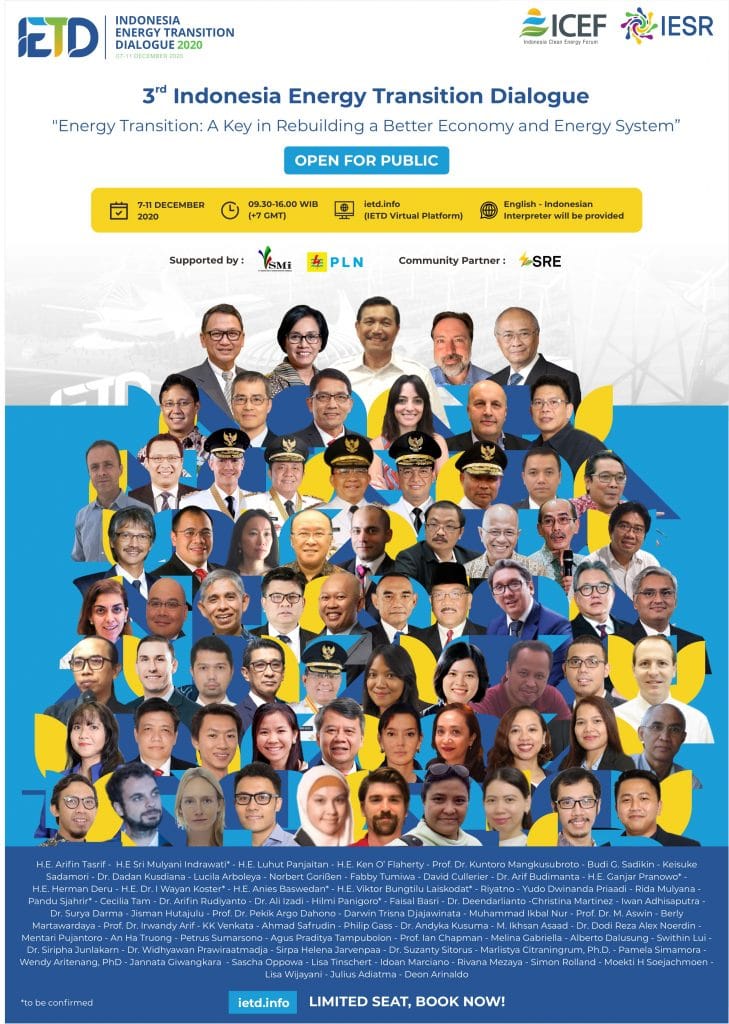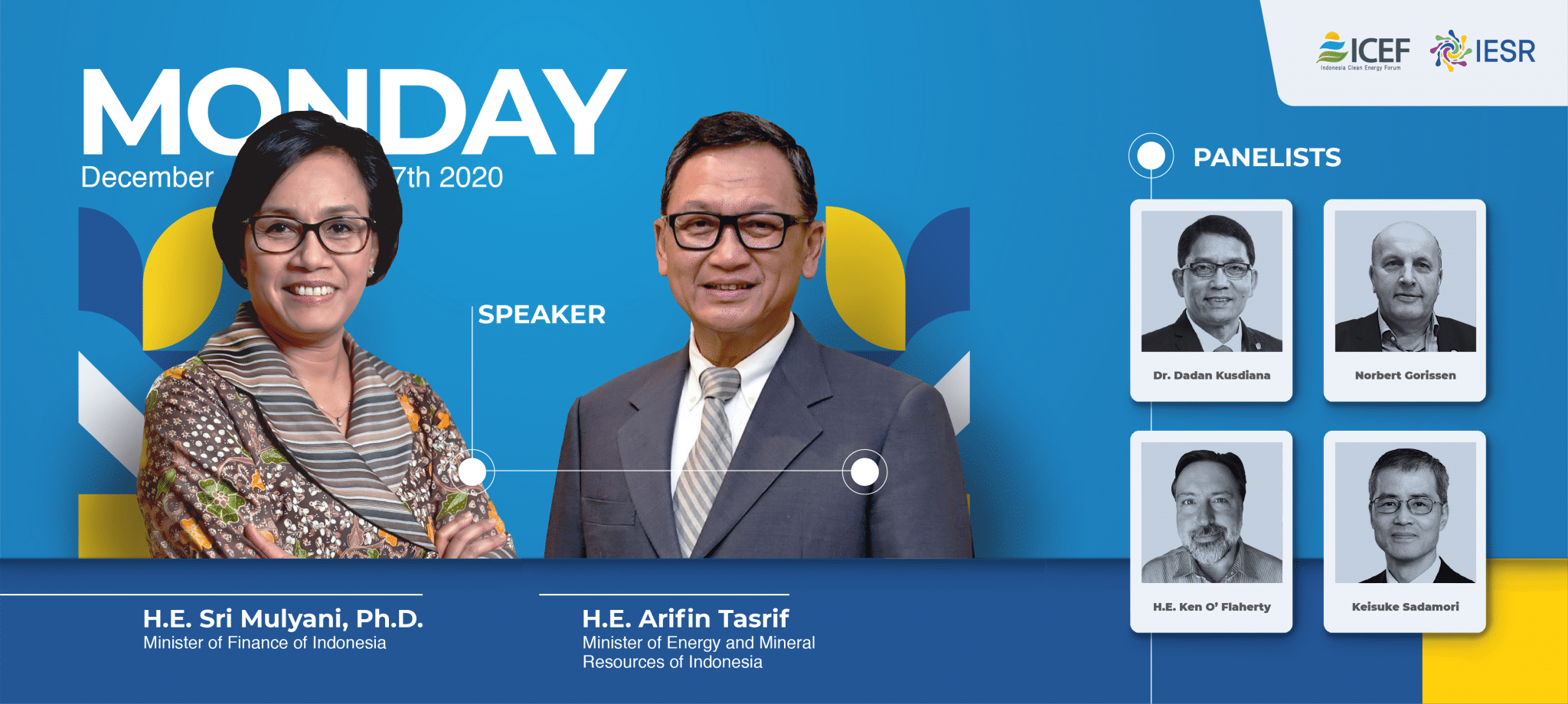Covid-19 pandemic has drawn focus on sustainability issues and economic recovery. How to use this recovery plan to accelerate the low carbon energy transition?
Energy transitions are happening around the world, mainly driven by solar energy and wind. In many countries around the world, it is cheaper already today to build a new solar PV or wind plant than building new thermal power plants. And it will not be long until it will even be cheaper building new wind and solar PV than utilizing existing gas and coal-fired power plants, according to Bloomberg New Energy Finance (BNEF). According to the International Energy Agency (IEA), investments in renewable energy sources have been outscoring those for conventional resources for several years in a row.
In India, around 38 GWp solar energy capacity was installed until June 2020 from only 161 MW by 2010, making India one of the frontrunners in developing solar energy in the world (economic times. India, 2020). Meanwhile for wind energy, Denmark, as the early adopter, is still leading in wind energy utilization with approximately 50% of Denmark’s electricity consumption in 2020 to be supplied by wind power (Danish Energy Agency, 2020).
In Indonesia, this concept of energy transition has gained more popularity among the policymakers and the public during these two years. However, based on IESR’s ICEO 2020, renewables capacity until the end of 2019 only reached slightly over 10 GW with generation shares at around 12.2%. Renewables investment is also stagnant and all renewables targets in RPJMN or RUEN for 2019 have also been missed.
Now, Covid-19 pandemic has hit the global economy badly, and Indonesia is not an exception. So far, through Government Regulation No. 23/2020, the government has allocated Rp 318 trillion as an economic stimulus to create growth. However, this stimulus, unfortunately, is still not directed to rebuild the Indonesian economy towards a low carbon economy.
As we recover from the Covid-19 pandemic, it is essential that we build back better. Having a green economic recovery agenda will help Indonesia build a resilient and sustainable economy while accelerating the energy transition in Indonesia to reach a 23 percent share of renewable energy in the primary energy mix by 2025. Therefore, Indonesia, as one of the emerging economies, needs to structure recovery packages wisely and be innovative in attracting capital from different sources. Indonesia also needs to enhance its investment framework for renewables to attract a higher level of private capital to help support sustainable economic recovery in Indonesia.

Join the dialogue, register at ietd.info

